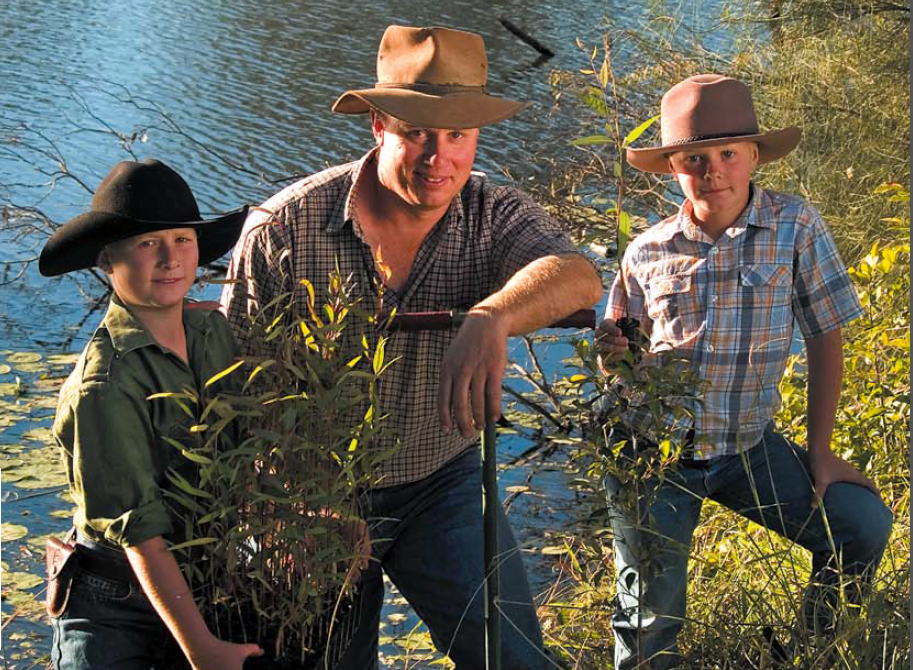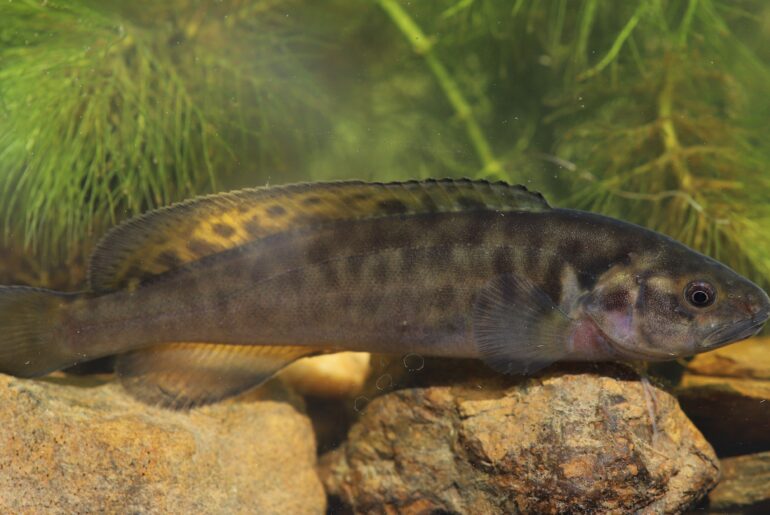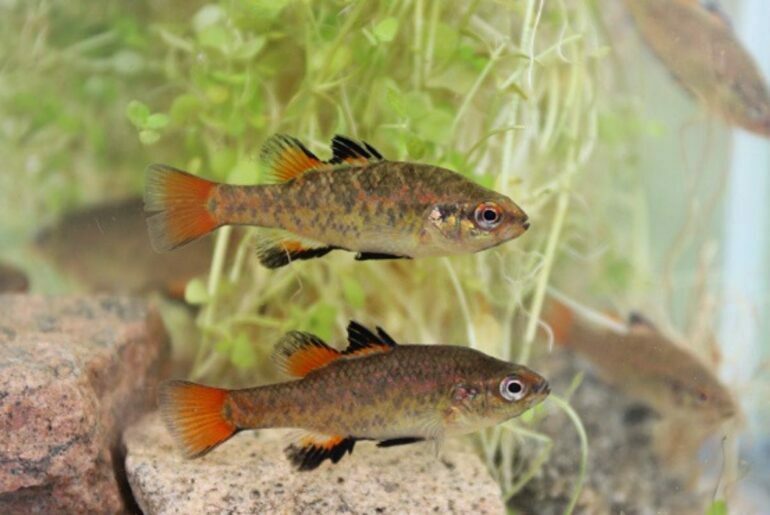The Australian recreational fishing community is in many ways diverse, but a common factor is the enjoyment of being outdoors and relaxing in a natural environment, while hoping for a bite on the end of a line. Fishers come from all walks of life and socio-economic circumstances but they share this enjoyment, even if only on the few times a year they manage to go fishing. Most of them do not participate in activities to improve fish habitat due to lack of time and resources, but those that do, gain a great deal of satisfaction from putting something back into their sport.
So what is it that inspires people to start planting trees, putting logs in streams and caring for riverbanks? Well, its all about the fish, and sharing your passion for fishing with others. A study by Craig Copeland and colleagues profiled the motivations of recreational fishers involved in habitat management activities in Australia, USA, UK and Ireland. Fishers were surveyed using an online questionnaire.
Key findings:
- For recreational fishers their primary motivations for involvement were social (‘putting something back’) rather than wanting to increase fish numbers or improve their fishing experience.
- Fishers were more likely to participate in habitat management if they were members of a club or organisation or self-rated their knowledge of various aspects of fish ecology as very good.
- Most activities undertaken were relatively simple tasks such as picking up litter and contacting government or the media.
- Fishers that did not take part in habitat management cited lack of time as the principal reason, but organisational issues (lack of contacts, funding and ideas) were also important.
Overall, this work has found that there are considerable opportunities for government agencies and recreational fishing organisations to increase the participation of recreational fishers in habitat management as well as their involvement in more complex tasks through targeted programmes providing contact points, ecological information and administrative support.
Want to read more – here is the link to the full paper in the Journal of Fisheries Management and Ecology.
Related stories:
- Lake Burrendong Fishing Classic! Anglers getting active for native fish
- An angler shares a fishing story and special place…




